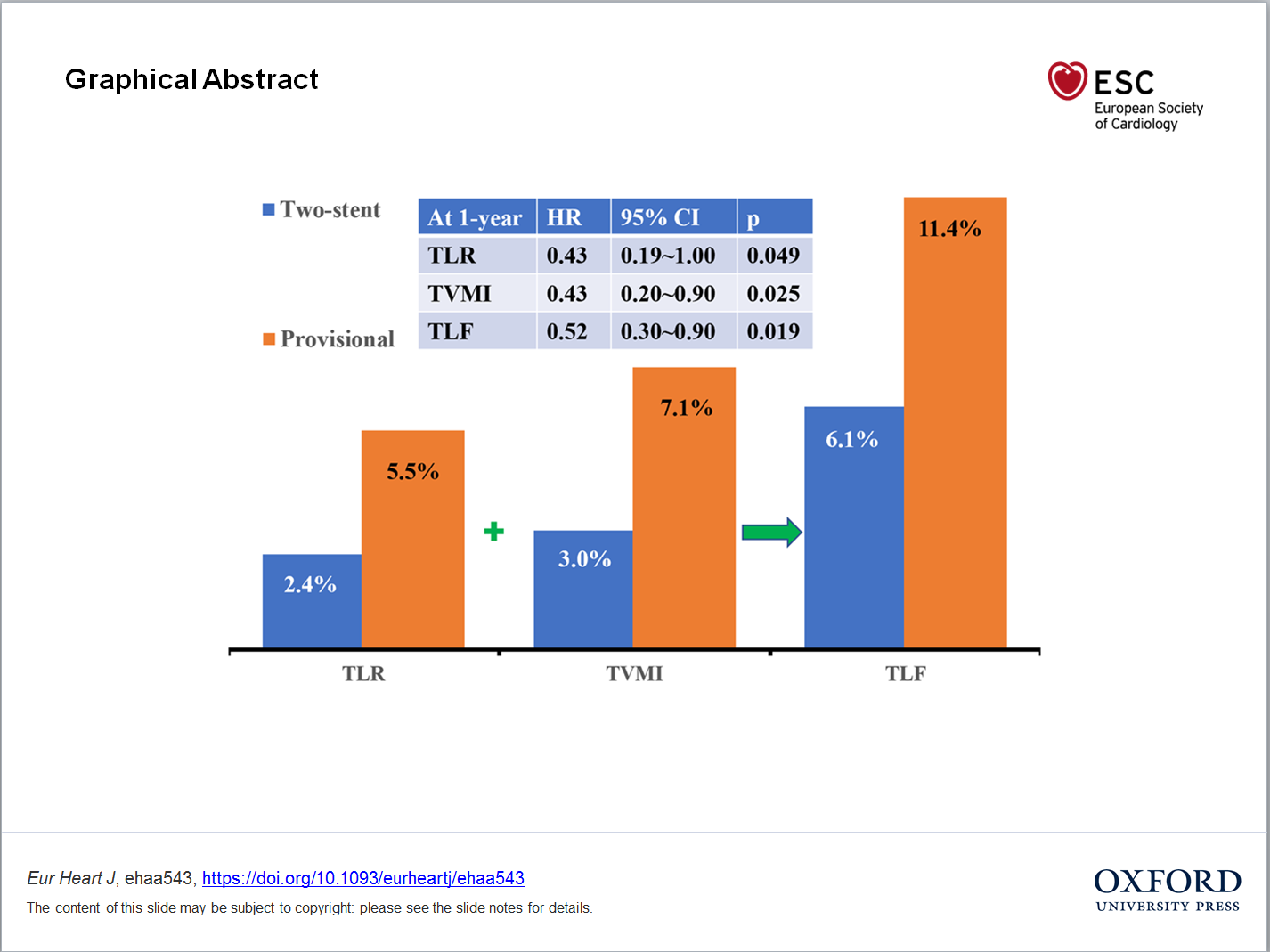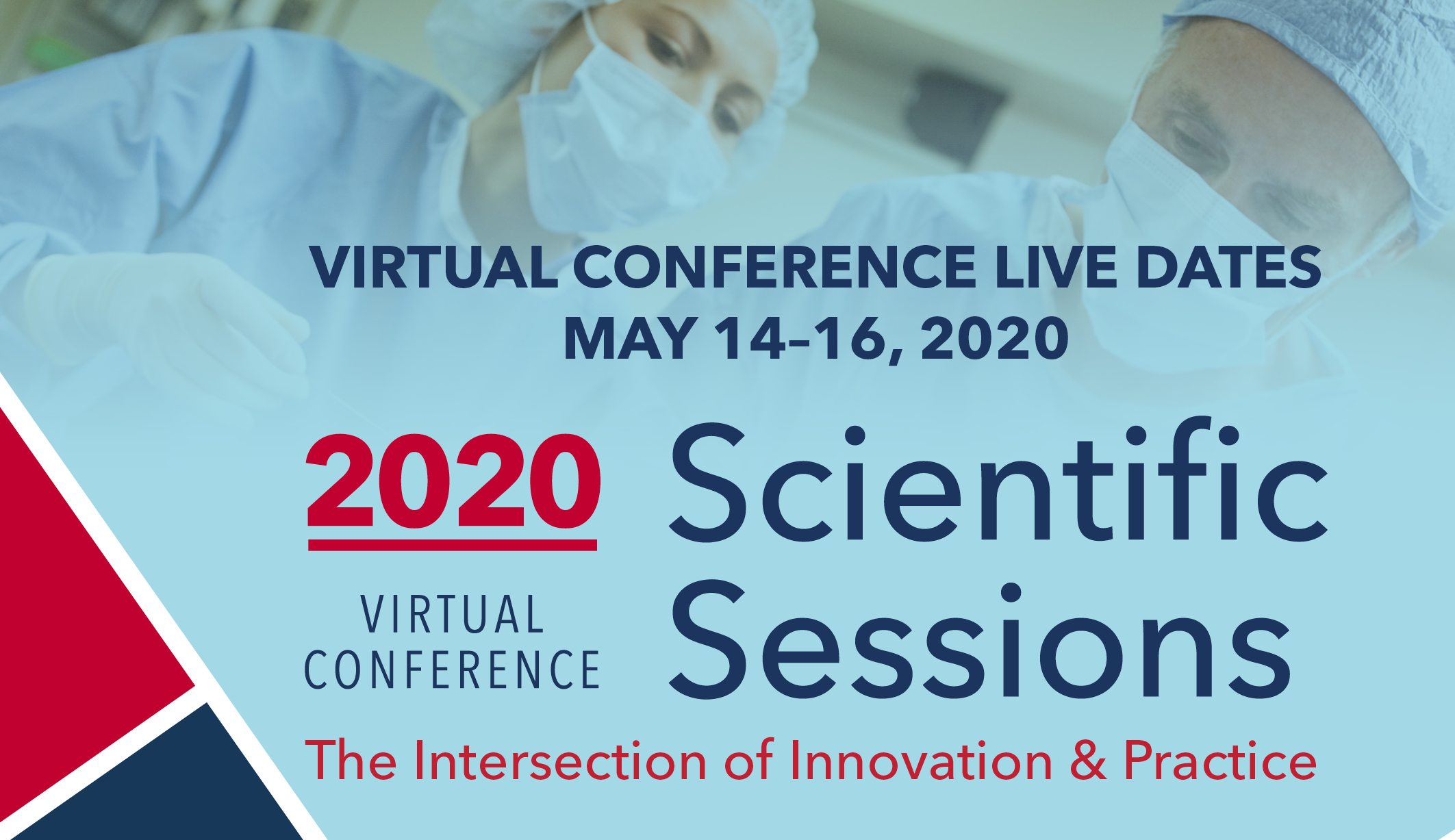Statement
Advances in material science, digital technology and advanced manufacturing are contributing to an unparalleled period of invention in medical devices. New devices offer more opportunities to improve health than at any time. Last year, the FDA approved a record number of novel devices. This reflects an advancing pace of innovation that’s resulting in many more potentially lifesaving new medical products. This includes the first artificial pancreas and the first blood test to evaluate traumatic brain injury.
The FDA plays a crucial role in the efficient development of these technologies. My colleagues in the FDA’s Center for Devices and Radiological Health (CDRH), led by Dr. Jeffrey Shuren, have been advancing new policies to drive innovation in medical product development by taking novel approaches to regulation, including the use of real world evidence to support iterative improvements in device performance and establishing a balanced framework for digital health devices that improves the lives of patients.
Although medical devices provide great benefits to patients, they also present risks. And we are focusing equal attention on advancing new frameworks for identifying risks and protecting consumers.
Under Dr. Shuren’s leadership, the FDA has undertaken several important initiatives to prioritize and enhance our approach to medical device safety. We’re considering what more we can do inside the FDA to better protect patients, while at the same time working closely with patients, providers, and device developers to better understand and address device risk and make sure that we’re appropriately balancing risk and benefit. I believe that the work in this area has made dramatic differences to the millions of Americans whose lives have been saved or vastly improved by these technologies.
Building on these substantial efforts, today the FDA is releasing the Medical Device Safety Action Plan: Protecting Patients, Promoting Public Health. This new Action Plan outlines our vision for how the FDA can continue to enhance our programs and processes to assure the safety of medical devices. Our aim is to make sure that the new advances in technology that are enabling better capabilities and benefits are also harnessed to bring added assurances of safety, so that more patients can benefit from new devices and address unmet needs.
Specifically, this plan focuses on five key areas:
Establish a robust medical device patient safety net in the U.S.;
Explore regulatory options to streamline and modernize timely implementation of postmarket mitigations;
Spur innovation towards safer medical devices;
Advance medical device cybersecurity; and
Integrate CDRH’s premarket and postmarket offices and activities to advance the use of a Total Product Life Cycle (TPLC) approach to device safety.
I’d like to highlight some of the particularly novel areas of this plan – some of which use our existing tools in new ways and some of which identify areas in which we may need additional authority.
To start, CDRH is implementing a more integrated approach to device safety throughout the TPLC by pursuing a reorganization that integrates CDRH’s premarket and postmarket offices across functions, and allows our experts to leverage their knowledge of pre- and postmarket information to optimize decision-making. All medical devices have benefits and risks. And some of these risks are better understood once the device is more widely distributed and used under real-world conditions, in broader patient populations, and by a broader range of clinicians. Our aim is to ensure not only that devices meet the gold standard for getting to market, but also that they continue to meet this standard as we get more data about devices and learn more about their benefit-risk profile in real world clinical settings.
As we move to the TPLC structure, we are exploring various new regulatory options to streamline timely implementation of postmarket mitigations as part of the Action Plan. For instance, we know that safe use of a device may require more than information in the labeling provided to physicians. To deliver reasonable assurance of safety and effectiveness for certain highly complex technologies, we may need to require additional training or user education. To do this efficiently under our existing authorities, we’ll consider issuing an umbrella regulation to identify these devices and mandate these requirements.
Furthermore, on a case-by-case basis, we may consider invoking restricted device authority to increase patient protection for our highest risk devices when such measures are needed. When the benefit-risk profile of a specific device requires us to increase our regulatory oversight, we’ll consider whether issuing an order specific to that device is the best way to impose requirements to protect patients from harm, while still permitting access to the device for those patients who may benefit from it.
As part of the Action Plan, we also are exploring what further actions we can take to spur innovation towards technologies that can make devices and their use safer. For instance, our Breakthrough Device Program that helps address unmet medical needs can be used to facilitate patient access to innovative new devices that have important improvements to patient safety. We’re considering developing a similar program to support the development of safer devices that do not otherwise meet the Breakthrough Program criteria, but are clearly intended to be safer than currently available technologies.
In the coming months, we’ll also look at how we can focus more of our regulatory science activities on safety innovation, with the aim towards developing scientific toolkits to be used premarket, so that developers can better assure that their devices are meeting our standards for safety. To help support developers who are pursuing safer devices, we’re exploring ways to permit more streamlined pathways for comparative safety claims as a way to spur competition on improving features related to a device’s safety profile. Along these lines, we issued a new draft guidance last week on a voluntary, more modern 510(k) pathway for moderate risk devices to more efficiently demonstrate safety and effectiveness and the opportunity for device makers to demonstrate their products are safer than other technologies on the market.
Another important element of the Action Plan recognizes that safety and innovation should go hand in hand. The best technological advances should lead to more lives saved and fewer adverse events. We want to take new steps to encourage manufacturers to make even modest iterative changes to their devices, if these new advances and adaptations will lead to a reduction in risk to patients.
These new steps will be all the more effective because of the extensive work we’ve done over the past years to modernize our data gathering infrastructure around device safety – such as our Unique Device Identification System (UDI) and use of real world evidence (RWE). To continue to advance our data gathering, we are continuing our work to establish the National Evaluation System for health Technology (NEST), an active surveillance and evaluation system we have been championing through a public-private partnership.
NEST complements the passive surveillance approaches currently in use. It will facilitate timely detection of potential safety risks that wouldn’t otherwise be identified as quickly, or at all. The Action Plan lays out how the FDA will continue to support the successful development of NEST. As part of our fiscal year 2019 budget, we’re seeking additional funding to advance this program into a more active surveillance tool.
We also recognize that there are some areas where we have real data gaps that we must address. For instance, we need to improve the quality and efficiency of RWE generation for technologies used to address women’s health. As part of the Action Plan we’ve begun building out important registries and establishing the Women’s Health Technologies Strategically Coordinated Registry Network (CRN) to provide more complete evidence in clinical areas that are unique to women, such as uterine fibroids, pelvic floor disorders, and female long-acting, reversible contraception and sterilization.
Finally, I want to highlight another important issue we’re staying on top of related to device safety: cybersecurity. Like computers and the networks they operate in, medical devices can be vulnerable to security breaches. Exploitation of device vulnerabilities could threaten the health and safety of patients.
We’ve already taken several steps to promote a multi-stakeholder, multi-faceted approach of vigilance, responsiveness, recovery, and resilience that applies throughout the life cycle of relevant devices. As part of the Action Plan, we’re seeking additional authorities and funding for Congress to consider, which would build on our work to date and further minimize medical device cybersecurity vulnerabilities and exploits. We also intend to seek the authority and funding to develop a CyberMed Safety (Expert) Analysis Board, a public-private partnership that would complement existing device vulnerability coordination and response mechanisms and serve as a resource for device makers and the agency.
Medical device safety is a key priority for the FDA. We’re committed to protecting American patients by minimizing avoidable risks and advancing device technologies that are delivering growing benefits.
The FDA, an agency within the U.S. Department of Health and Human Services, protects the public health by assuring the safety, effectiveness, and security of human and veterinary drugs, vaccines and other biological products for human use, and medical devices. The agency also is responsible for the safety and security of our nation’s food supply, cosmetics, dietary supplements, products that give off electronic radiation, and for regulating tobacco products.

